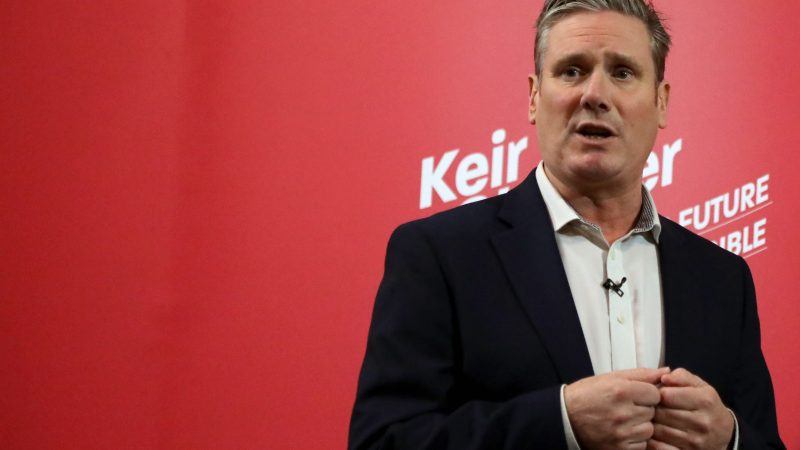
Labour’s annual conference is a big moment for the party and its recovery under Keir Starmer from the shattering 2019 general election defeat. It’s a unique window for Starmer to drive forward change in the party and tell the public what he stands for and the vision he has for tackling the inequalities exposed by Covid and the challenge of climate change. Unique because there was no physical 2020 conference due to Covid, and the next conference may be on the brink of a 2023 election, so this could be the one shot Labour has at a “normal” conference in this parliament.
Everything about Labour has changed since it last met in Brighton in 2019. It has 60 fewer MPs and 8% less of the vote thanks to the general election two months later. It has a new leader with a very different public persona to Jeremy Corbyn’s. It has a new general secretary. It has a national executive committee (NEC) controlled by a different wing of the party.
Three of the big four trade union leaders have changed. Around 100,000 new members have replaced 100,000 who have left, they have very different politics, and this is reflected in the control of Constituency Labour Parties (CLPs) up and down the country. Labour is polling at about 35% now, when it was in the low 20s at the time of the 2019 conference. But not enough has changed yet to move us from that 35% to the 40% or more that we need to win a general election.
Annual conference is both showcase and battlefield. Sometimes the democratic struggle for control of the rules and to pass policy detracts from showcasing the shadow cabinet as an alternative government. But not all internal democratic conflict is electoral bad news. If it shows the leadership as confronting unpopular aspects of the party’s past, as with Hugh Gaitskell in 1960 and Neil Kinnock in 1985 and John Smith in 1993, an internal fight can strengthen a leader. If they lose but show the will to fight, their courage can inspire both the party and the electorate.
This year, the bits of conference that might cut through with the electorate will be the clips in the news of Keir Starmer’s speech on the Wednesday, and to a lesser extent Shadow Chancellor Rachel Reeves’ one on the Monday. Starmer has to show voters something of the person he is, where he has come from and what makes him tick, and to set out a vision of the kind of country he believes in creating. Reeves must reassure the public that after 13 years since 2008 of being (unfairly) seen as spendthrifts, we are back to “prudence with a purpose” and economic competence.
But the necessary work of reforming the party and being seen by the public to be changing it is part of the business to be transacted at annual conference too. Some of this is necessarily defensive, because the hard left haven’t all received the message that they have been defeated, so isolated units are fighting on in a war that was lost in April 2020.
The quixotic, and to any thinking person obviously destructive, attempt to unseat David Evans as general secretary, will be seen off, as must factional rule changes sent in by Momentum-controlled CLPs to try to put the conference above the chief whip in matters of party discipline. Policy motions need to be navigated so that delegates don’t inadvertently saddle the party with ideas that sound great to activists but turn off voters.
But the leadership and its supporters can get on the front foot, too. Annual conference must pass rule changes to create the independent disciplinary process for cases about protected characteristics as required by the EHRC as part of tackling antisemitism. Four new CLP reps on the national constitutional committee (NCC) need to be elected to rebalance that committee, which will still deal with disciplinary cases that don’t relate to protected characteristics, away from its lopsided Momentum control.
A new National Labour Students organisation will be set up, after two years where the hard left had left Labour without a national voice for students. Hopefully both the leadership and the major unions, the most supportive union line-up any Labour leader has enjoyed since the late 1950s, will put forward bold rule changes that show the public that Starmer is intent on never letting Labour slip back into the chaos and extremism of the Corbyn era.
I have high hopes that this annual conference will be a cathartic moment for Labour, where the electorally toxic legacy of the recent past is finally put behind us, and we unite around a new generation of leadership to relentlessly focus on preparing to take on and beat the Tories in the next general election.




More from LabourList
Mainstream announce recommendations for NEC candidates
‘Africa must be the UK’s top foreign policy priority in 2026’
‘Standing up to power is not optional when politically uncomfortable. It’s essential’